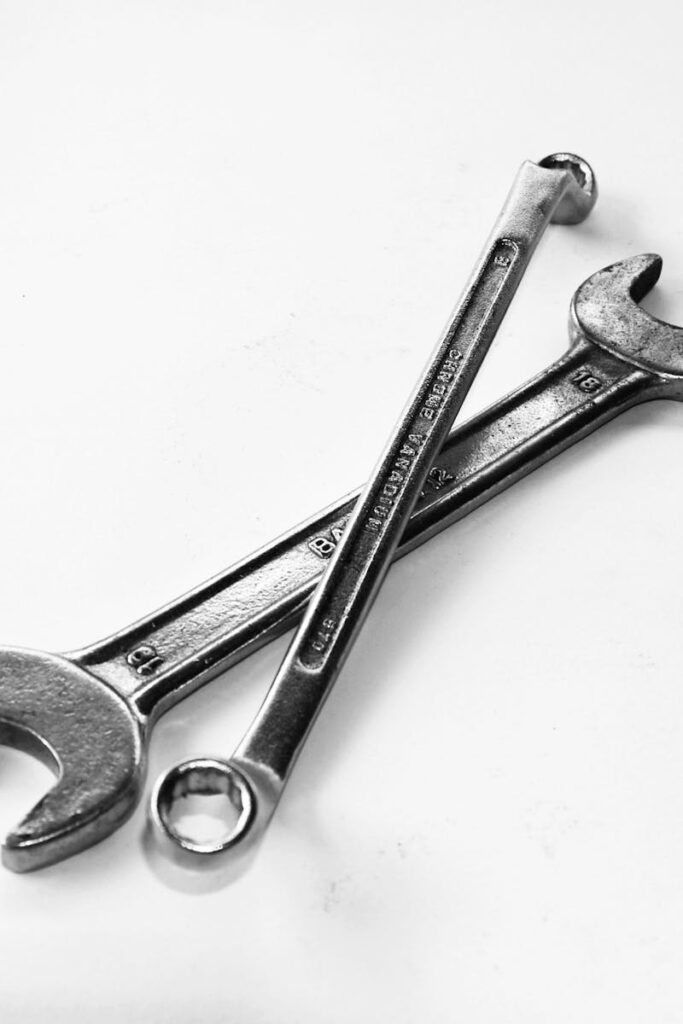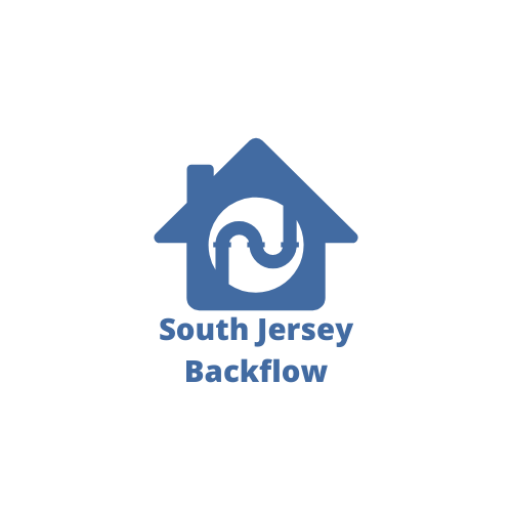Signs You May Have a Backflow Issue and What to Do About It
Backflow issues can pose a serious risk to your drinking water, potentially introducing contaminants that compromise health and safety. While backflow prevention devices are designed to stop this from happening, failures can occur due to wear and tear, improper installation, or a sudden change in water pressure.
Recognizing the warning signs of a backflow issue is crucial in preventing contamination and ensuring compliance with New Jersey’s water safety regulations. South Jersey Backflow is here to help identify and resolve backflow problems before they become a major hazard.
What is Backflow and Why is it Dangerous?
Backflow occurs when water flows in the opposite direction than intended, allowing contaminants to enter the potable water supply. This can be caused by:
- Back-Siphonage: A sudden drop in water pressure creates a vacuum effect, pulling pollutants into the clean water supply.
- Back-Pressure: If downstream water pressure becomes higher than the municipal supply, contaminated water can be pushed back into the system.
Common contaminants include pesticides, chemicals, bacteria, and even sewage, making backflow a serious health concern. That’s why New Jersey requires annual testing and proper maintenance of backflow prevention devices.

Warning Signs of a Backflow Issue
If you notice any of the following signs, you may have a backflow problem that needs immediate attention:
1. Discolored Water
- Water that appears brown, yellow, or murky can indicate contamination from rust, dirt, or chemicals due to backflow.
- If the discoloration is sudden and widespread, it’s critical to contact a professional immediately.
2. Foul-Tasting or Smelly Water
- Water that has an unusual taste, such as metallic, chemical, or sulfuric (rotten egg smell), could mean pollutants have entered your supply.
- This is especially common in homes or businesses with irrigation or industrial water connections.
3. Low Water Pressure
- A sudden drop in water pressure can be a sign of back-siphonage, which may allow contaminants to flow back into clean water pipes.
- If pressure loss is accompanied by other warning signs, immediate inspection is recommended.
4. Visible Particles or Sediment in Water
- Seeing dirt, debris, or other foreign substances in your water is a strong indicator of contamination from backflow.
- This issue should be addressed immediately to prevent health risks.
5. Illness or Unexplained Health Symptoms
- If multiple people in a household or workplace experience sudden nausea, diarrhea, or other gastrointestinal symptoms, contaminated water could be the cause.
- Testing the water supply can help determine if backflow contamination is present.
6. Frequent Plumbing Issues
- Repeated clogs, leaks, or gurgling noises in your plumbing system could indicate improper pressure changes linked to backflow.
- A professional inspection can help diagnose whether backflow is contributing to the problem.
6. Frequent Plumbing Issues
- Repeated clogs, leaks, or gurgling noises in your plumbing system could indicate improper pressure changes linked to backflow.
- A professional inspection can help diagnose whether backflow is contributing to the problem.
What to Do If You Suspect a Backflow Issue
If you notice any of these warning signs, it’s crucial to act fast to prevent water contamination. Follow these steps:

Stop Using the Water
If you suspect contamination, avoid drinking, cooking, or bathing with the water until it has been tested.
Check Your Backflow Prevention Device
If your property has a backflow preventer, inspect it for leaks or damage. However, do not attempt repairs unless you are certified.
Contact a Certified Backflow Testing Professional
New Jersey requires annual testing of backflow prevention devices by certified professionals. South Jersey Backflow provides expert testing and inspection services to determine if a device is functioning properly.
Report the Issue to Your Local Water Authority
New Jersey requires annual testing of backflow prevention devices by certified professionals. South Jersey Backflow provides expert testing and inspection services to determine if a device is functioning properly.
Schedule Repairs or Replacements
If testing reveals a faulty backflow preventer, immediate repair or replacement is required to restore water safety.
How South Jersey Backflow Can Help
At South Jersey Backflow, we specialize in detecting and resolving backflow issues for homeowners and businesses across New Jersey. Our services include:
- Annual Backflow Testing & Certification to ensure compliance with state regulations.
- Emergency Backflow Inspections if contamination is suspected.
- Backflow Preventer Installation & Repair to protect your property from contamination risks.
- Regulatory Compliance Assistance to keep you up to date with New Jersey’s backflow prevention laws.
Conclusion
Recognizing the signs of a backflow issue can prevent serious health hazards and costly repairs. If you experience discolored water, low pressure, foul odors, or unexplained health symptoms, don’t ignore the warning signs.
Contact South Jersey Backflow for professional testing, inspection, and prevention services to ensure your water remains clean and safe.
If you suspect a backflow issue or need routine testing, reach out to South Jersey Backflow today. We’re here to keep New Jersey’s water supply protected and compliant!

